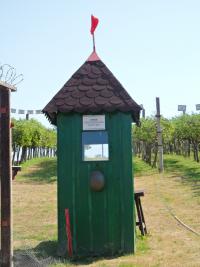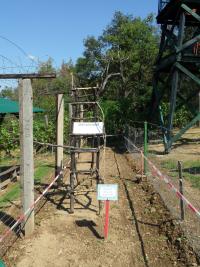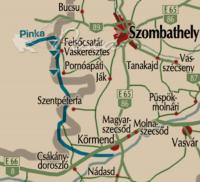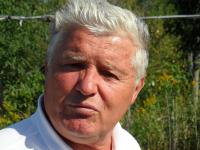the Iron Curtain Museum is my Life
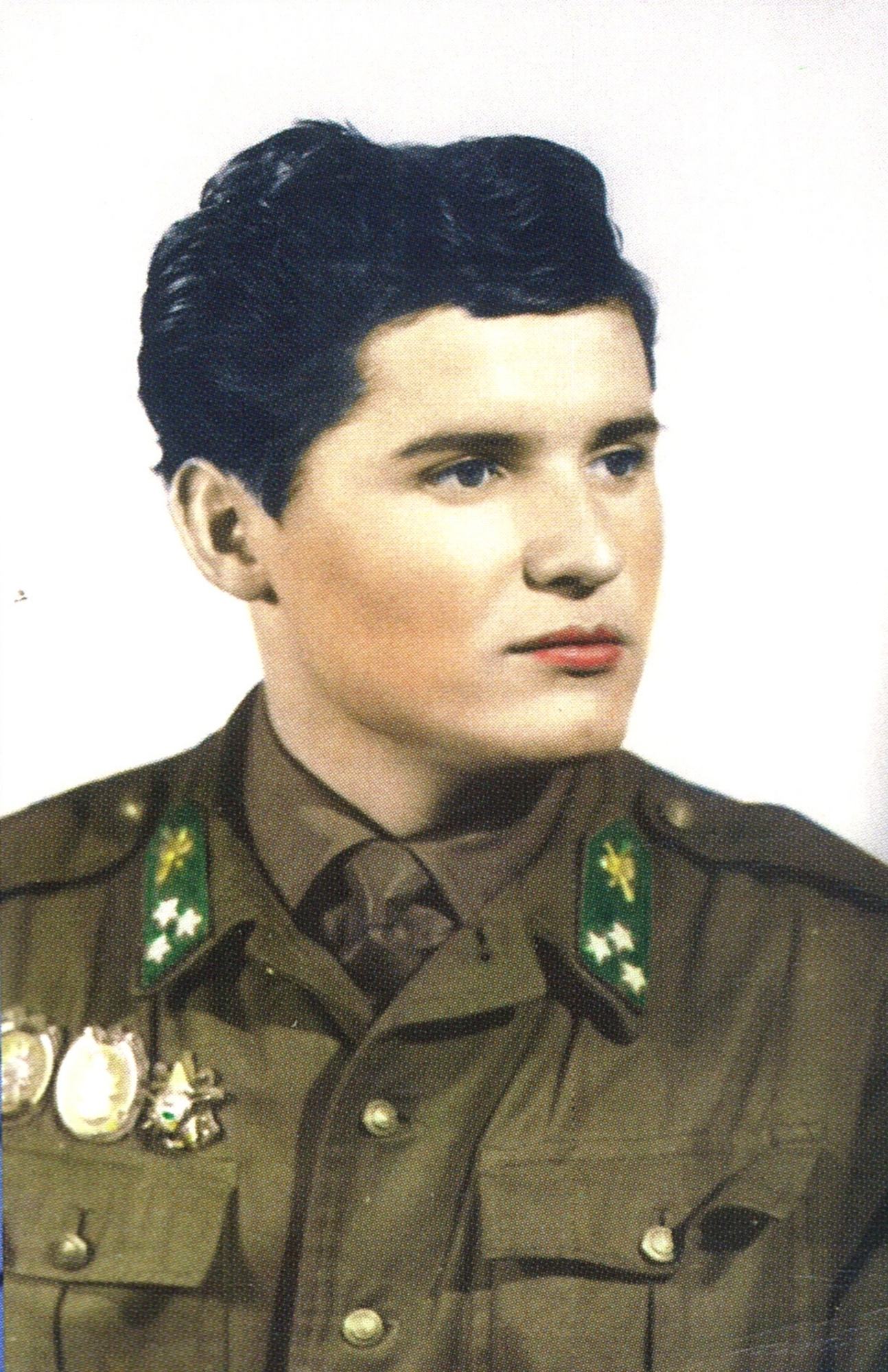
Download image
Sándor Goják was born in Borjád village (Baranya county) on 25th February 1947. His father was a mine worker and his mother was a housewife. The family had four children. After finishing primary school, Goják moved to Budapest. He played in Dózsa Football Team of Újpest as a kid soccer team player, later he was a member of the Youth Team. He was trained at an engine fitter’s vocational school. He completed it in 1964. He was drafted into the army as a frontier guard on 22nd February 1965 and had military training in Nyírbátor. Upon completion of this training he then went to military officer’s school. He served as a platoon sergeant in Pornóapáti. He was discharged on 15th February 1968. He got married in 1971 and had two daughters. He worked for MÁV Vehicle Repair in Szombathely from 1971. He was a group leader there. He continued his studies and graduated from engineering tertiary school. He built a villa on Vashegy in the neighborhood of Felsőcsatár in 1981 and ran a wine bar there from 1990. From that time on he began to collect artifacts and stories of the 41 years during the Iron Curtain period to build a museum. The Iron Curtain Museum of Felsőcsatár officially opened in 2001.
